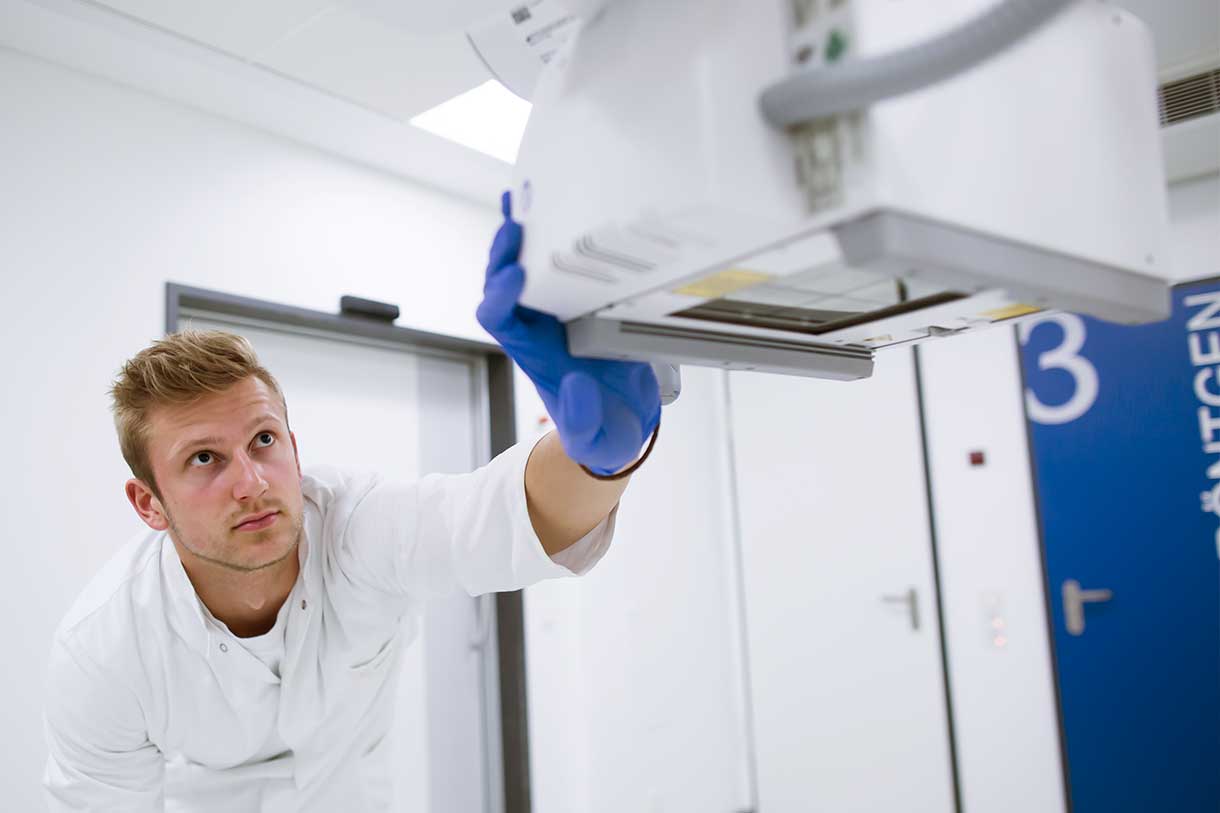Inhaltsverzeichnis | Sommaire
An AI tool was used to translate this article from German.
What is a CIRS system?
CIRS stands for “Critical Incident Reporting System” and is an anonymous reporting system for adverse events in the healthcare sector. It enables all those involved to report adverse events, errors and safety gaps without fear of consequences. The aim is to learn from these events, identify problem areas, define optimization measures, minimize risks and thus continuously improve patient safety. In Switzerland, CIRS is used both in the inpatient sector (somatics, psychiatry, rehabilitation, long-term care, etc.) and in outpatient care.
How does a CIRS report work?
The exact procedure for a CIRS report can vary from facility to facility. In general, however, the process is as follows:
- Identification of an adverse event: A healthcare worker recognizes an event that could have been prevented and that could have resulted in near harm to the patient.
- Reporting the incident: The incident is reported online or using a paper form. The report should be as detailed as possible and contain all relevant information.
The report can be made anonymously or openly. In the case of anonymous reports, no personal data such as names or specific location details are recorded. This enables employees to report security-related incidents without fear of reprisals.
If the reporter openly discloses their identity, this can be helpful in some cases to clarify queries or obtain detailed information. - Anonymization and analysis of the report: The report is anonymized by the person responsible for CIRS and analysed by experts in a CIRS circle. The aim of the analysis is to understand the causes of the incident and to learn from it.
- Development of improvement measures: Based on the analysis, improvement measures are developed to prevent similar incidents in the future.
- Implementation of the improvement measures: The improvement measures are implemented in practice.
- Forwarding to the national network: CIRS reports can be sent from the local CIRS reporting system to the national CIRRNET network. CIRRNET differs from most CIRS networks in that it identifies problem areas of supra-regional relevance, develops recommendations for improvement together with experts and publishes them in the form of Quick-Alerts® by Patient Safety Switzerland.(Quick-Alerts® – Patient safety)
Examples of CIRS reports
Example 1: A nurse accidentally mixes up the medication of two patients. Thanks to the intervention of an attentive colleague, harm to the patients can be prevented.
Example 2: A patient is not adequately monitored after an operation and suffers septic shock. Thanks to the team’s rapid response, the patient can be saved.
Example 3: A doctor overlooks an important piece of information in the patient file, which leads to a misdiagnosis. The CIRS system identifies the error and measures can be taken to avoid similar errors in the future.
Example 4: A patient is walking with his rollator outside the clinic to the smoking area. Access is obstructed by a kerb, causing the patient to almost fall and only just manage to catch himself. Such a report helps to eliminate known tripping hazards by implementing appropriate protective measures (e.g. signs or barrier-free conversion).
Advantages of CIRS reports
CIRS reporting has many clear benefits, both for patients and for the healthcare system as a whole:
- Increased patient safety: By reporting and analyzing critical incidents, potential hazards can be identified at an early stage and new improvement measures can be developed to reduce risks
- Improved work processes: Analyzing the reports helps to identify and eliminate system errors and weak points, which increases the effectiveness and efficiency of the work.
- Anonymous and sanction-free reporting: Employees can report errors without fear of consequences, which contributes to an open communication and positive error culture in which errors are seen as learning opportunities.(Practical tips for hospitals)
- Higher employee satisfaction: An open and safe working environment contributes significantly to employee satisfaction, as the confidentiality of reports strengthens employees’ trust in the system and encourages them to report incidents.(CIRS Management)
- Reduction of avoidable sick leave and staff turnover: Improving working conditions and promoting a safety culture can reduce sick leave and staff turnover.
- Reduction of hospital and treatment costs: By avoiding errors and adverse events, the costs for additional treatments and longer hospital stays can be reduced.
- Reduction of legal disputes and liability risks: Improved patient safety and documentation can reduce the risk of legal disputes and liability cases as well as the associated costs. A CIRS is also an advantage in legal reviews and audits.
- Compliance with legal requirements: By implementing a CIRS, inpatient and outpatient service providers in the Swiss healthcare system can ensure that they meet the legal requirements in Article 58a of the Health Insurance Act (KVG) and Articles 58g and 58d of the Health Insurance Ordinance (KVV) , while improving patient safety and the quality of healthcare.
Conclusion
CIRS reports are an important and indispensable part of quality assurance in the Swiss healthcare system. Through the anonymous reporting and systematic analysis of adverse events, weaknesses in the system can be identified at an early stage and rectified in a targeted manner. This not only leads to a significant increase in patient safety, but also to a continuous improvement in the quality of medical care. In addition, CIRS reports promote an open error culture, which strengthens staff confidence and increases their willingness to report incidents. Overall, CIRS reports make a significant contribution to increasing the efficiency and effectiveness of the healthcare system and ensuring safe and high-quality patient care in accordance with legal requirements.
The continuous improvement of patient safety and quality can also lead to better financial stability and profitability of the facility in the long term. These savings help to reduce overall costs in the healthcare system while improving the quality of care.
























